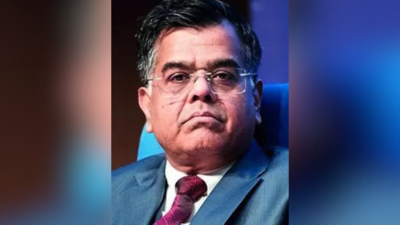India’s 2047 Development Marathon: Fiscal Prudence Over Short-Term Stimulus
Finance Secretary T V Somanathan has stated that the Interim Budget establishes a clear roadmap for India to become a developed nation by 2047, emphasizing that this long-term goal requires sustained fiscal discipline rather than short-term economic stimulants.
Key Takeaways
- Government focused on marathon economic development to 2047
- Fiscal prudence prioritized over short-term measures
- Private sector capital expenditure showing positive signs
- Infrastructure spending continues with 11.1% capex increase
Long-Term Vision Over Short-Term Gains
In an exclusive interview, Somanathan explained the government’s approach: “Running to 2047 is a marathon, not a sprint. If you are going to run a marathon, you need to be in good shape and you can’t have short-term stimulants.” He emphasized that building a strong fiscal foundation is crucial for achieving developed nation status.
The finance secretary stressed that “not doing the wrong thing is more important than appearing to do things,” highlighting the government’s commitment to consistent, prudent fiscal policy that supports long-term growth objectives.
Budget Transparency and Finance Commission
Somanathan clarified that government finances should be “reflected as reasonably and accurately as possible,” regardless of economic conditions. Regarding the Finance Commission, he noted that “less is more” – shorter, less prescriptive terms of reference allow broader stakeholder input and balanced decision-making on devolution and grants.
Private Sector Investment Momentum
With capital expenditure rising 11.1% and continued infrastructure focus, the government sees “incipient signs of private capital expenditure accelerating.” Somanathan pointed to positive PMI data, industry surveys showing high investment levels, and improving capacity utilization as indicators.
“Many industries are beginning to reach levels where they have to add capacity,” he observed. The massive aircraft orders by Indian airlines represent significant capital expenditure that will generate substantial employment through expanded ground handling facilities, airport infrastructure, and skilled jobs.
Somanathan expressed confidence that “we will have decent capital expenditure in the year to come,” which will become “a new source of acceleration” for the economy.




